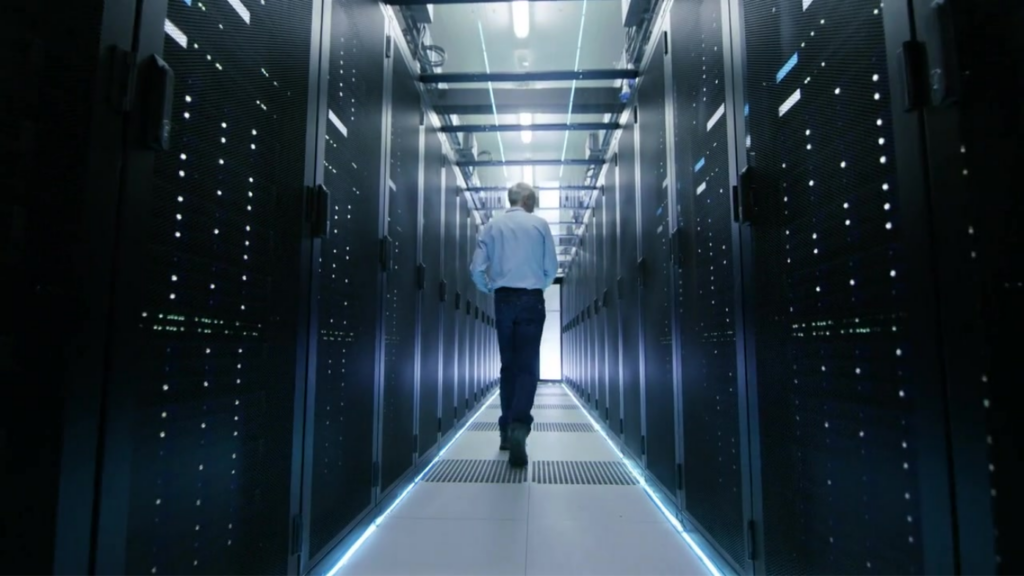Colliers Capital Markets recently sat down with Raul Saavedra, Vice Chair, Head of Data Center Advisory, Americas, to discuss the latest trends in the data center space.
Colliers Capital Markets (CCM): We’ve seen massive investments announced from hyperscalers (Amazon, Microsoft, Google, Oracle, and Meta), existing owners directly and via partnerships, and new entrants to the market. How can investors catch this wave?
Raul Saavedra (RS): Since current market demand far outweighs supply, the AI revolution will create tremendous opportunities for investment and development. P&S Intelligence forecasts the value of the data center market to more than double by 2030. In every major data center market, vacancy is in the single digits; in some cases, it’s less than five percent. Therefore, users, operators, and investors will have to focus on new sites that can be delivered in the next 30 months or less. In short, it comes down to demonstrating that you have entitlements and a power commitment from the utility company. Entitlements must be proven with a memo from a land use attorney or an opinion from the planning department. As for power, it’s trickier. Most sites could require an engineering study detailing the origin and distribution of energy, which takes time and money. Sellers should be aware that an investor/operator may not be interested without one.
Developers are struggling due to the upfront capital required and a transition from speculative financing to an all-equity environment. However, this sector requires speculative risk with significant upfront investment. If you own a site entitled for a data center and have a firm power commitment of 100MW+ from the utility company, then you have a potential project.
CCM: How viable is it to convert existing properties to data centers?
RS: Existing structures typically aren’t converted because they pose too many challenges. Floor loading and clear heights have to be accommodated as part of delivery. It’s often easier to start over and design without inherent constraints. Strong candidates are sites with at least 10 acres of land, significant power (think 100MW+), a large MSA nearby, and access to diverse fiber. Entitlements are also vitally important.
Projects that aren’t working for other asset classes and haven’t undergone due diligence on entitlements and power procurement need to invest some time on the front end to determine if there is potential.
CCM: What are some of the challenges you see today?
RS: Several challenges continue to pop up. These include getting entitlements, access to power, supply chain issues, costs, and labor availability to construct and maintain buildings. Altogether, these are causing significant delays for future projects.
As a result, we are seeing project announcements outside of core locations. In markets like Chicago, where entry barriers are high, the next best alternative is the closest market with abundant power and additional incentives, like Wisconsin and Indiana.
The same is true for Virginia and the new relevancy of markets like the Carolinas. Given product scarcity and demand, data center investment will be in the headlines for the foreseeable future.
*This interview has been edited for length and clarity.

 Aaron Jodka
Aaron Jodka


